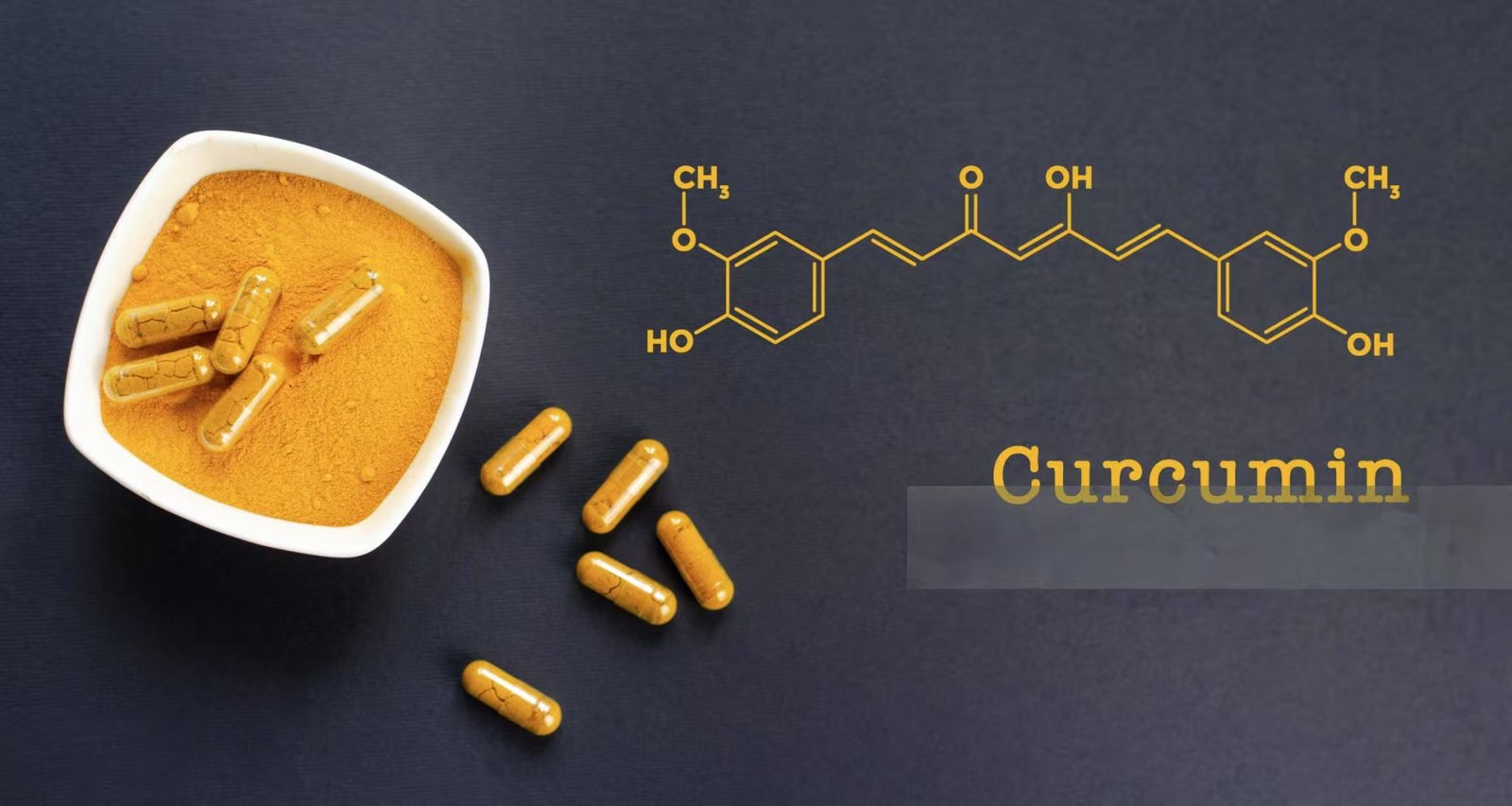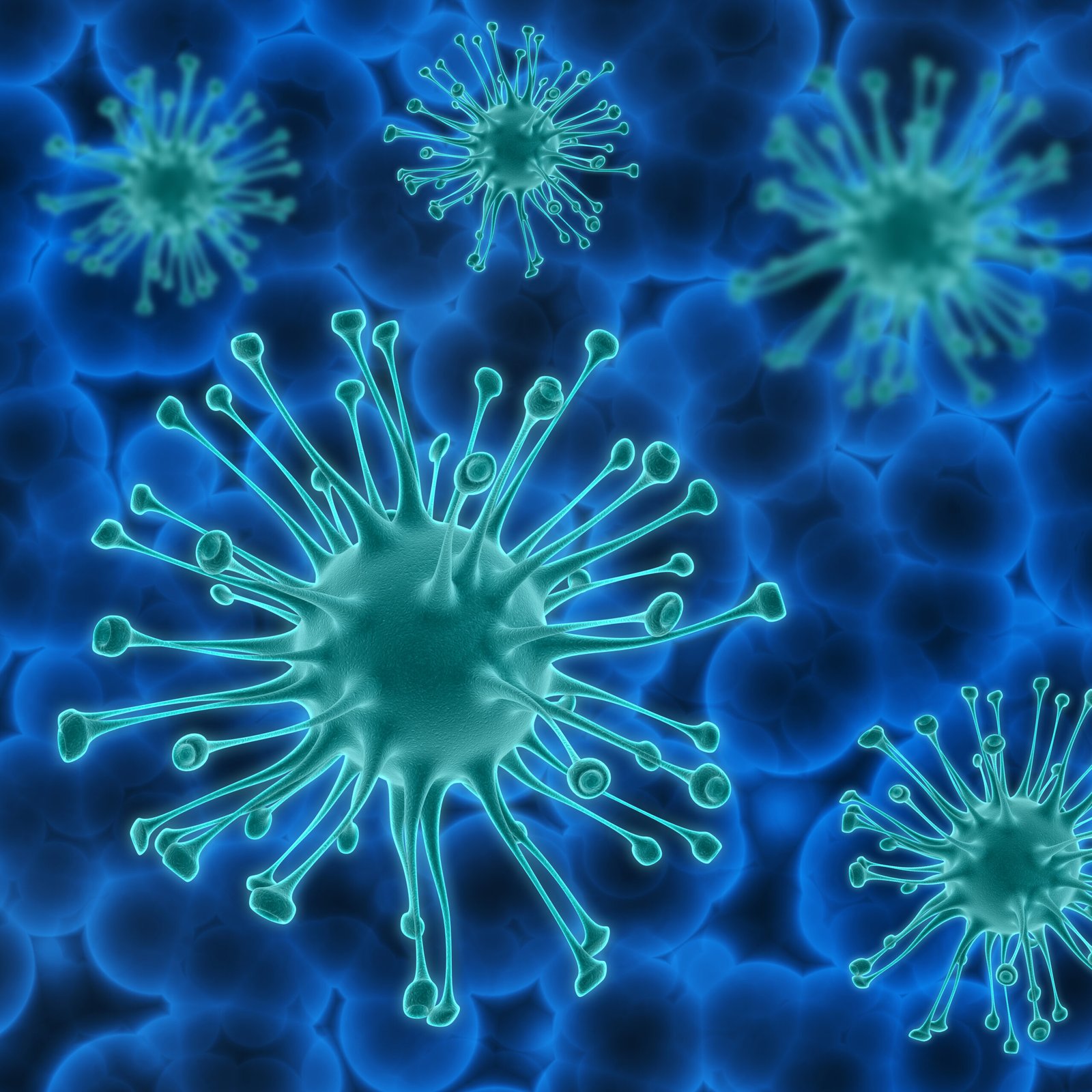1.Introduction: A Tragic Incident in Nevada
In 2017, a tragic event occurred in a Nevada hospital. A woman, who was admitted for pneumonia, sadly passed away due to multiple organ failure and sepsis. The cause of her death was a strain of bacteria resistant to an astonishing 26 different antibiotics. These bacteria, known as superbugs, have become one of the most significant public health threats worldwide.
2.The Search for Solutions
Researchers at Texas A&M University are working to find ways to fight these dangerous superbugs. They have discovered that curcumin, the compound that gives turmeric its bright yellow color, could help reduce antibiotic resistance.
3.How Curcumin Works Against Superbugs
The researchers showed that when curcumin is given to bacteria as food and activated by light, it causes harmful reactions within the bacteria. This process kills the bacteria and makes conventional antibiotics effective again. The results of this study were published in the journal Scientific Reports.
4.The Growing Problem of Antibiotic Resistance
Before antibiotics, infectious diseases were the leading cause of death worldwide. However, with the invention of antibiotics, human lifespan increased by an average of 23 years. Unfortunately, in recent decades, the discovery of new antibiotics has slowed, while antibiotic-resistant bacteria have become more common. Superbugs, such as methicillin-resistant Staphylococcus aureus (MRSA) and vancomycin-resistant enterococcus, are now extremely hard to treat. If this trend continues, infectious diseases could once again become the leading cause of death, killing up to 10 million people annually.
5.The Antibiotic Catastrophe and Its Solutions
As bacteria become resistant to conventional antibiotics, we face what is called an “antibiotic catastrophe.” To overcome this, we need new ways to kill these superbugs or change the bacteria so that antibiotics can work again. Dr. Vanderlei Bagnato, a professor in the Department of Biomedical Engineering, emphasized the need for alternative solutions to tackle this problem.
6.Understanding Bacterial Resistance
Bacteria naturally vary within a population, leading to differences in how they respond to antibiotics. Some bacteria survive treatment and continue to grow, contributing to resistance. The Texas A&M researchers aimed to reduce this variation in bacteria to better control resistance.
7.The Role of Light in Reducing Resistance
To tackle bacterial resistance, the team exposed bacteria to multiple cycles of light. They then compared the minimum antibiotic concentration needed to kill the bacteria after light exposure with those that did not receive light exposure. Dr. Bagnato explained that this process helps to reduce bacterial variation, making it easier to predict the right antibiotic dose to treat infections.
8.Photodynamic Inactivation: A Potential Game Changer
The researchers found that photodynamic inactivation, which uses light and light-sensitive molecules like curcumin, has huge potential in treating antibiotic-resistant diseases, such as pneumonia. This technique can be used alongside antibiotics to improve treatment outcomes.
9.Cost-Effective and Practical Applications
Dr. Vladislav Yakovlev, another professor involved in the study, highlighted the cost-effectiveness of photodynamic inactivation. This treatment could significantly reduce medical costs, especially in developing countries and the United States. It also has potential military applications, where it could be used to treat battlefield wounds and prevent the spread of antimicrobial resistance.
10.Conclusion and Future Implications
This research, supported by several institutions, opens new doors for treating antibiotic-resistant infections. Photodynamic inactivation using curcumin could be an important addition to current treatments, offering hope in the fight against superbugs.
Source:Texas A&M University




